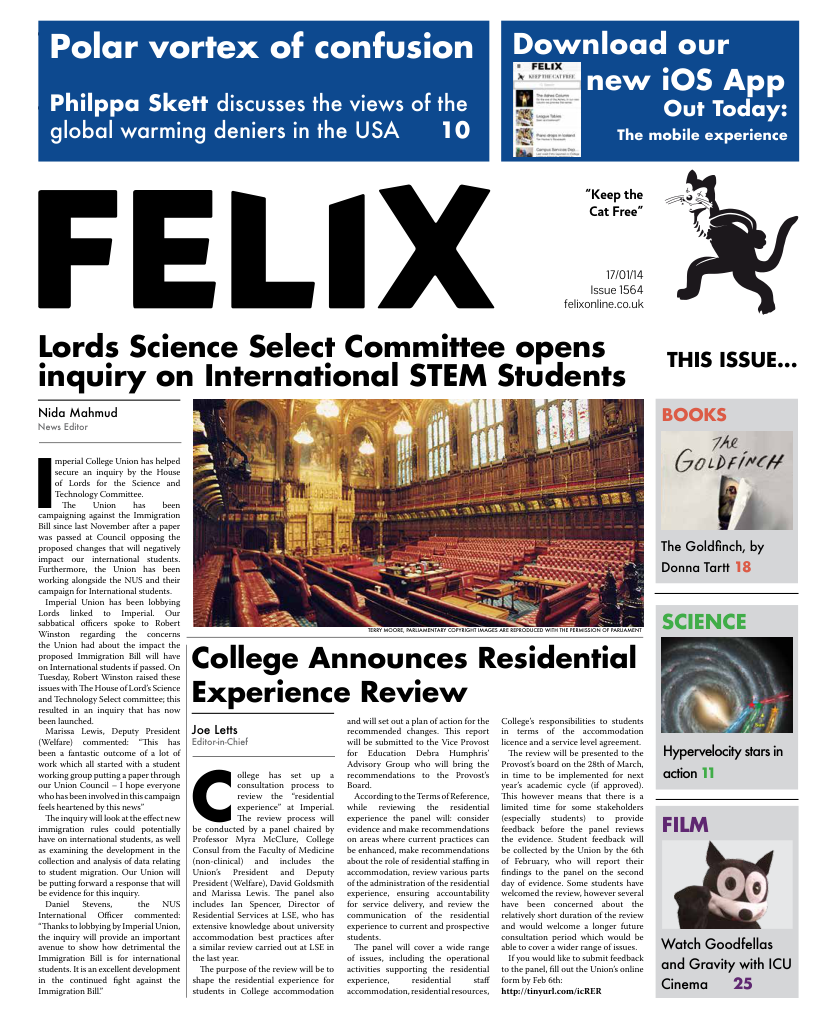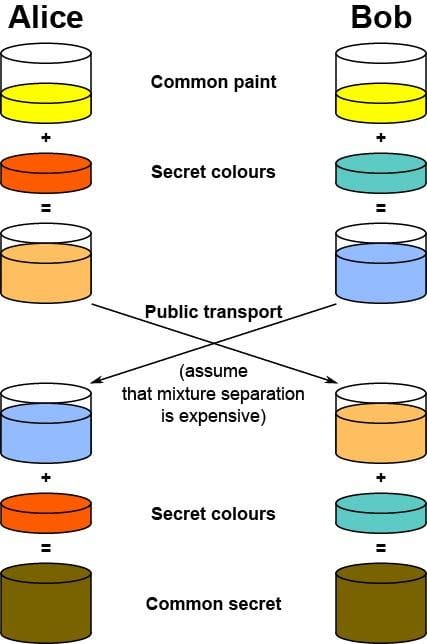Consumer Electronics Show
The Consumer Electronics Show (CES) is an annual technology and consumer products show held every January in Las Vegas. Being the global stage that attracts next generation innovations and electronics, CES is the largest of its kind, showcasing over 3000...
The Consumer Electronics Show (CES) is an annual technology and consumer products show held every January in Las Vegas. Being the global stage that attracts next generation innovations and electronics, CES is the largest of its kind, showcasing over 3000 exhibitors from computer hardware manufactures to automotive and lifestyle electronics manufactures.
The CES really is the hub for rising technologies, not only attracting big names such as LG and Intel but also emerging innovators and start-ups that are keen to make their new products stand out.
The Occulus Rift, a virtual reality gaming head-set, made its mark at last year’s 2013 CES show making virtual reality buffs insist that we are ever closer to a next generation of gaming, all virtual. In 2014, the developer Occulus brought about more improvements to their original design in the latest prototype, Crystal Cove. Enhancements, such as carefully placed LEDs on the ski-goggle like design has added to the headset positional tracking technology, greatly reducing motion blur and hence the need to vomit every time you peep around that corner to get a better view of the enemy. The new external camera provides upper body tracking, enabling the user to lean, turn and crane their neck as they please, giving a truly ‘immersive’ experience.
With $75 million in new funding we can expect to see a lot from Occulus Rift. The Crystal Cove prototype that was seen in CES is by no means a finished version with upcoming improvements in resolution and camera quality.
The Galaxy NotePro, Samsung’s newest note tablet, comes with a 12.2 inch screen, widget based interface and premium specs. What’s innovative about this new tablet is that it leaves behind the traditional android user interface, TouchWiz, going for a more widget based graphical feel. Utilising Samsung’s newest Magazine UX interface has allowed a much more immediate access of apps and information.
The specs of the NotePro are, in short, nothing but a premium selection of hardware. With a Qualquam Snapdragon 800 quad core processor at 2.3GHz per core and a built in GPU that delivers up to a 50% increase in graphics performance, users can expect a much faster and better performing tablet when it comes to multitasking and running taxing apps. The screen has a 2560x1600 resolution, delivering sharp images. The rear camera is at 8-megapixels with LED flash while the front has a two megapixel camera.
After showing off the NotePro at CES, the success of this product will depend on Samsung’s new Magazine UX and how customers react to it, so far the feedback on the new UI has been positive and it’s good to see that Samsung is doing something different rather than just introducing another android tablet.
Audi A7 demonstrated its automated vehicle technology at this year’s CES. Being still under development we can expect to see automated driving in the not too distant future. This technology is aimed at automating the car when it’s driving below 40kmph to give drivers ‘a break’ by using its forward-looking radars and laser to detect the traffic in front. Moreover, a camera mounted on the windshield is used to detect lane lines to keep the car in its lane and a rear radar to detect upcoming cars on either side. All of these sensors and detectors work together in harmony to provide the car’s computer with all the information it needs to control the brakes, steering wheel and accelerator.
Autonomous driving is not a new concept or even a new technology, but what Audi managed to do is bring automated driving closer to the consumer market place. If you compare the Audi A7 with Google’s famous autonomous cars with their large mounted roof detectors, the A7 has its gear neatly hidden in the bodywork still giving the car its distinctive aesthetic Audi look.
Perhaps the most awkward part of CES 2014 was Transformers director Michal Bay’s supposed Samsung Talk that ended up in him leaving the stage in front of hundreds of journalists and industry professionals due to a teleprompter fail. Not knowing what to say, Bay walked off the stage with, “Excuse me, I’m sorry, I’m sorry”, as his final words. Samsung chose the director, best known for his special effects, to praise the company’s ultra-high definition curved TVs, but due to a series of unfortunate events, the main one being the autocue failing, the talk ended in a disaster mainly for the embarrassed Hollywood A-lister but also Samsung, who thought their new TVs would get the promotion of a lifetime.
Onto a less embarrassing story, all eyes were on Gabe Newell, CEO of Valve as he unveiled the low-cost and diverse Steam Machines. Alongside computer gaming giants such as Alienware, Scan and GigaByte, Valve’s aim is to bring PC gaming to the mainstream with each of these gaming companies designing and developing their own Steam Machines that come in different shapes and sizes. What these Steam Machines aim to do is bring PC gaming into the living room and take a large portion of hardcore XBox and PlayStation gamers from the hands of Microsoft and Sony. With Steam’s open source software, Newell stated that they plan to give gamers the flexibility to play on their rigs how ever they want to while at the same time be user friendly. The most important thing for many console gamers when they switch is that they don’t lose their game titles, and indeed for many years Steam has amassed a plethora of games which many gamers will still be able to enjoy on new Steam Machines.






